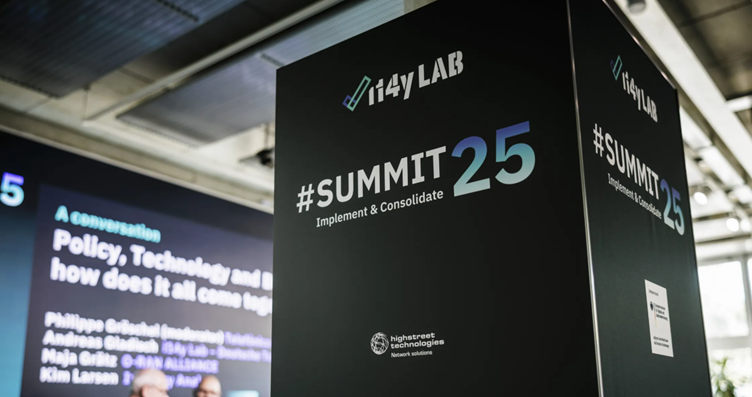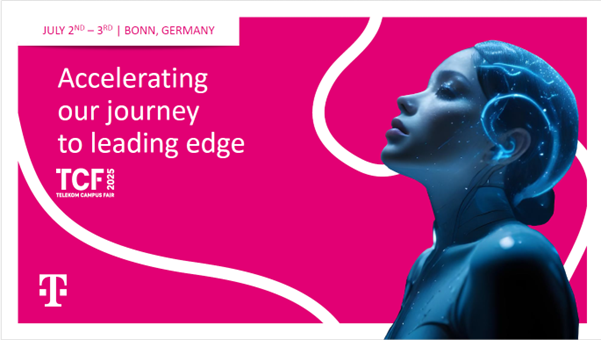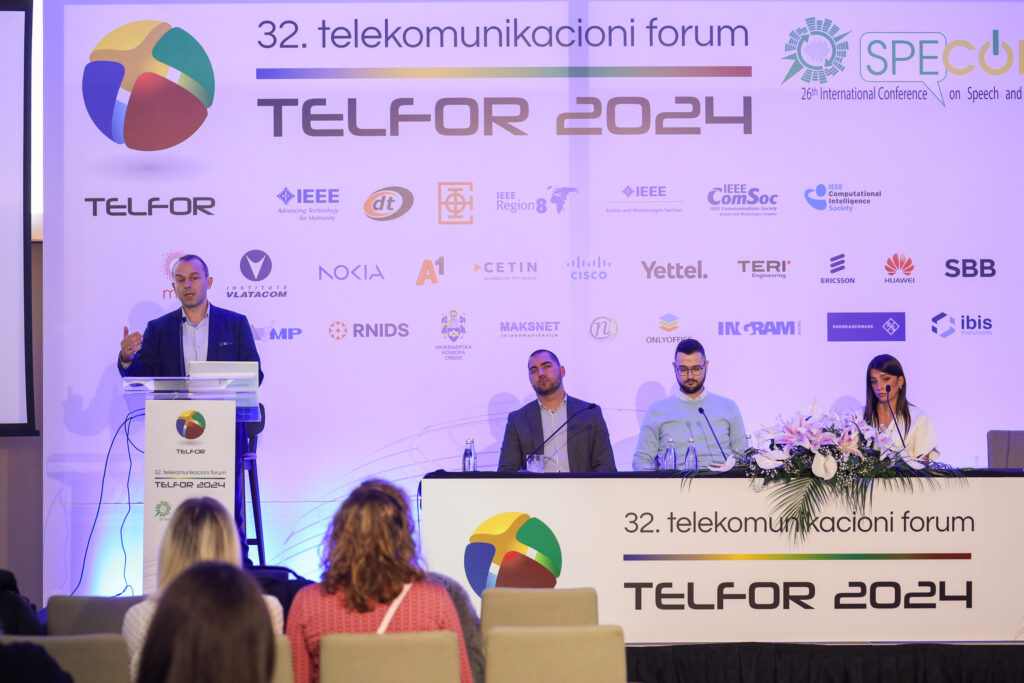
Aspire is part of NEC!

Long ago, John McCarthy, a young Professor of Mathematics at Dartmouth College at the time, decided to organize a group to clarify and develop ideas about thinking machines. He chose the name ‘Artificial Intelligence’ for the new field. Together with Claude Shannon, a founder of information theory and one of the most impactful scientists in the history of telecommunications, they approached the Rockefeller Foundation to request funding for a summer seminar at Dartmouth for about 10 participants. The proposal was to brainstorm how to make machines, use language, form abstractions and concepts, solve kinds of problems reserved for humans, and improve themselves. The Dartmouth Summer Research Project which happened in 1956 is widely considered to be the founding event of artificial intelligence as a field.
Artificial intelligence is one of the hot topics lately. The release of Open AI ChatGPT in November of 2022, and its status as the fastest-growing consumer app in history, as it reached 100 million users in a record-breaking three-month period (from February 2023 to April 2023), got a lot of media attention. There is an evident race of Tech companies to launch AI-based products, even if they are not mature enough. One example is Bard’s factual error in the first demo that had an adverse effect on Google’s stocks. But there is no dispute that the rapid development of AI lately positioned it as the technology with huge potential to revolutionize industries, improve efficiency, and enhance decision-making processes, a true life and society changer.
The rapid development of technology on one side, and impressive potential capabilities on the other, raised expected concerns. And it seems to be way above pure concern about the impact on jobs, like the ‘Luddite riots’ in the 19th century in the UK, when there were rebels against machines in the cotton and wool industry. Isaac Asimov in his SF books defined famous rules of robotics, where the first law was that a robot shall not harm a human, or by inaction allow a human to come to harm. The big question mark today is not if there is proper legislation for this area, but if we have any.

On March 29, the Future of Life Institute, a nonprofit organization headed by MIT physics professor Max Tegmark, released an open letter asking for a pause on “giant AI experiments.”
In the petition it is stated:
OpenAI’s recent statement regarding artificial general intelligence, states that “At some point, it may be important to get an independent review before starting to train future systems, and for the most advanced efforts to agree to limit the rate of growth of compute used for creating new models.” We agree. That point is now.
The petition was signed by well-known figures such as Tesla CEO Elon Musk, Apple co-founder Steve Wozniak, and Turing Award-winner Yoshua Bengio, as well as hundreds of prominent AI researchers and professors from top Universities in different parts of the world. One of the signatories, Stuart Russell – professor of Computer Science at Berkley, summarized reflections on the petition in an article for Boston Globe. According to him, although the first response to the letter was not entirely positive, after UNESCO in direct response to the open letter, called on all its member states to implement the Global AI Ethics framework into legislation without delay, seems like there are first actions in US, Europe, and China.
No doubt we are witnessing a huge technological development that will lead to big changes in society across pretty much all domains and in many aspects. Being in technology consulting for the last 20 years, here are some thoughts about the evolution of Consulting. AI undoubtedly is able to do certain things much faster and more efficiently than its human counterpart. Although I share concerns and even signed the petition, I strongly believe that instead of asking ourselves if consultants will become obsolete, we should focus on how AI can improve Consulting.

Furthermore, I was testing ChatGPT like many of us these days and naturally was tempted to check first its view on something that has occupied my attention lately. Aspire was conducting an interesting study in the domain of Capacity expansion solutions for mobile operators. We have been awarded the opportunity to test two different RAN capacity solutions from two major vendors from a Tier-1 Group Operator and to provide an independent and unbiased assessment on which of the two solutions would fit better the operator needs, taking into consideration their specific situation in terms of spectrum, network design, topology and load, traffic mix, and users distribution. One of the tested solutions was a massive MIMO-based four-sector split, and its performance was compared to an upgrade from a 3-sector to a 6-sector deployment. Comprehensive testing was done, with a focus on spectral efficiency, coverage improvements, capacity gains, and impact on user experience. Both solutions were deployed on the same cluster one after the other, and analysis was done based on an intensive drive testing campaign, network performance statistics, counters, and KPIs, as well as advanced Aspire analytics. I’ve asked ChatGPT for opinion and advice on the same matter and got the following result.
In the introduction, ChatGPT stated:
The choice between a 6-sector solution and a mMIMO 4-sector split for mobile network expansion would depend on various factors such as the size of the area to be covered, the population density, the types of buildings and obstacles in the area, and the available spectrum.
Wow! My first impression of using ChatGPT was that it is simultaneously impressive and scary. Language, wording, used phrases… It sounds like talking to a human, a real expert in the field.
I continued and gone deeper…
In general, a 6-sector solution can provide better coverage and capacity compared to a mMIMO
4-sector split in areas with high population density and heavy traffic. The use of six sectors allows for better frequency reuse, which can result in higher overall capacity and reduced interference. However, deploying a 6-sector solution requires additional equipment and infrastructure, which can be costly.
Well, although the answer sounds quite technical, the message is not really in line with findings from the field. For instance, Beamforming gains for observed solution improved coverage much more than 6 sector deployment. Chat GPT continued with the following…
On the other hand, a mMIMO 4-sector split can be a better choice for areas with lower population density and less traffic. It can provide high capacity with fewer antennas, reducing the cost of infrastructure. mMIMO technology uses multiple antennas to transmit and receive data, resulting in higher spectral efficiency and increased capacity.
This was a bit unexpected answer to hear, as although the performance of mMIMO is heavily dependent on a lot on solution details, network specifics, and use case, our general experience is that it performs better in dense areas with high traffic.
The Chat GPT conclusion was…
Ultimately, the choice between a 6-sector solution and a mMIMO 4-sector split would depend on a detailed analysis of the specific deployment scenario, taking into account factors such as the required coverage and capacity, available spectrum, and budget.

Trying to push ChatGPT to estimate gains of two solutions, we got…
Determining the exact gain or improvement in performance between a 6-sector solution and a mMIMO 4-sector split in a dense urban area can be challenging as it depends on various factors such as the specific deployment scenario, network configuration, interference levels, and user behavior. It’s important to note that the performance gain achieved by either solution depends on careful planning, optimization, and fine-tuning of the network. Real-world performance can vary based on the specific implementation and environmental conditions. Conducting thorough network planning and simulations considering the unique characteristics of the dense urban area would be necessary to determine the expected gain accurately.
Alright, this sounds more like a consultative answer. Our final request was to recommend a solution for our customer’s particular use case. Advice was ChatGPT was…
For an urban area with high traffic and moderate interference levels, my recommendation would lean towards a 6-sector solution. Ultimately, the choice between a 6-sector solution and mMIMO 4-sector split should consider a comprehensive evaluation of the specific deployment scenario, including factors such as traffic patterns, interference levels, available spectrum, budget, and future scalability needs. It’s recommended to engage with wireless network experts and conduct detailed planning and simulations to make an informed decision.
Although the recommendation was not in line with our findings based on a comprehensive analysis of different aspects and deep dive into different types of data available with advanced analytics, we at least agree on the final advice, i.e. “It’s recommended to engage with wireless network experts and conduct detailed planning and simulations to make an informed decision”. 😊
To conclude this blog, after spending some time with ChatGPT, my view is pretty much in line with Rodney Brooks, Robotics professor from MIT and Stanford, and CTO of Robust.AI, who gave the following statement:
What the large language models are good at is saying what an answer should sound like, which is different from what an answer should be.

And when it comes to the future of consulting, AI will boost data analytics for sure. However, at this moment I can’t imagine AI alone being successful in persuading to go along with certain recommendations, as long as decision-makers are human.
Reputation and trust are and will remain a core part of Consulting, as the road to transformation will always be faster and safer with the help of an experienced guiding hand.




